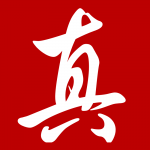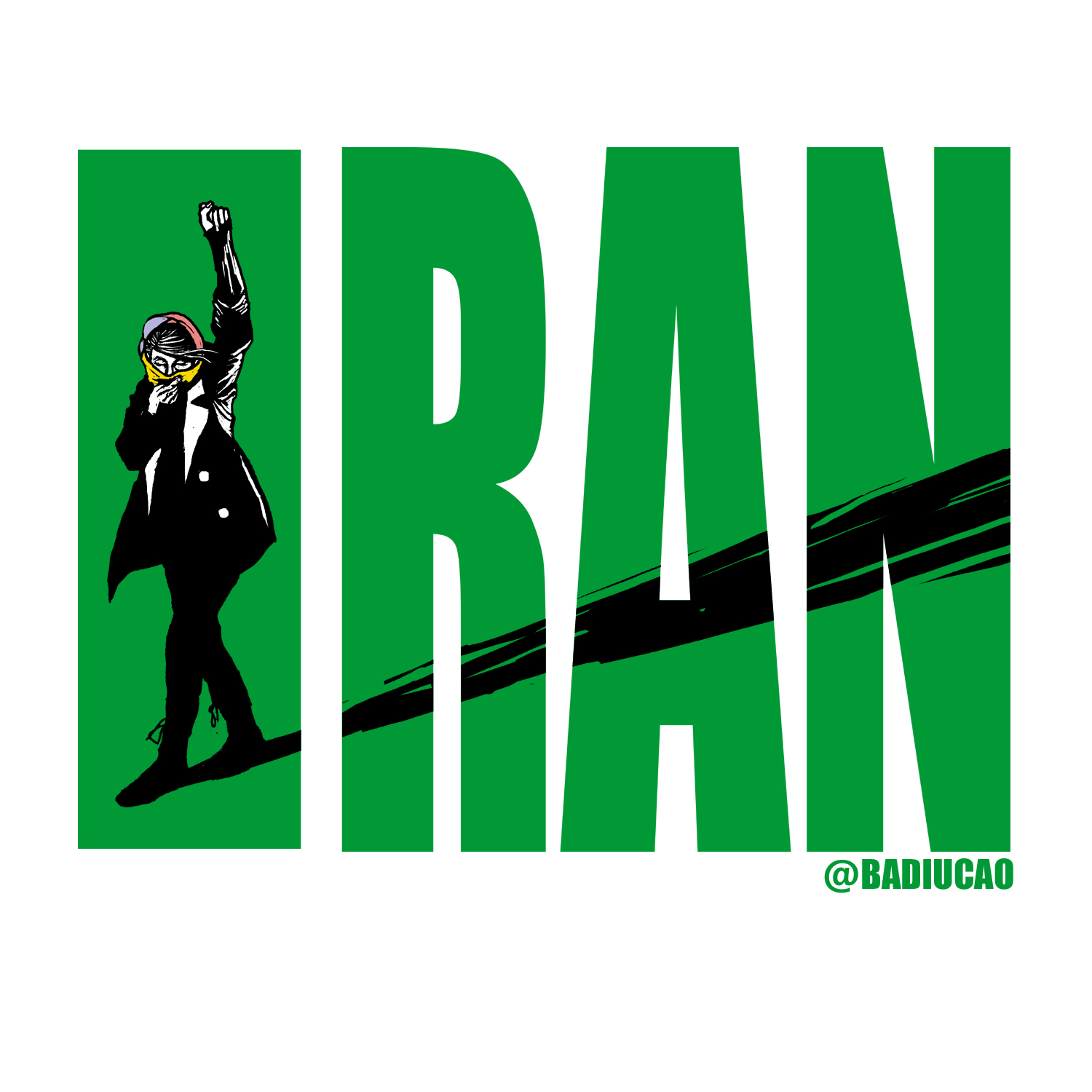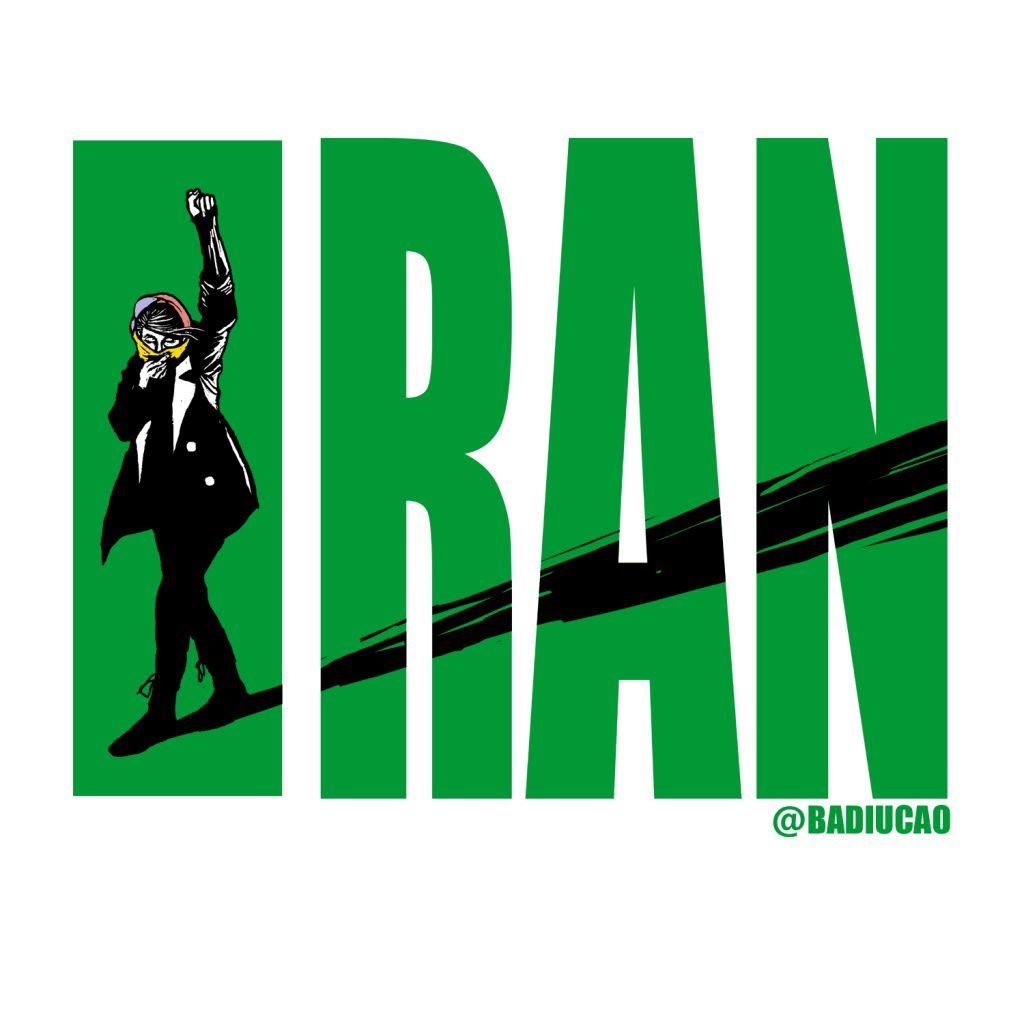The following censorship instructions, issued to the media by government authorities, have been leaked and distributed online. The name of the issuing body has been omitted to protect the source.
Do not report any more on the demonstrations in Iran. Follow-up reports require further notice from superiors. Relevant information that has already been transmitted and is from an authoritative source and is compliant should no longer be hyped but do not delete it. [Chinese]
Protests that broke out in Mashhad, Iran’s second largest city, last week over rising food prices and other economic issues have since spread to Tehran and across the country, and protesters are now demanding an end to the Islamic Republic that has ruled Iran since 1979. So far, at least 20 people have been reported killed across the country and 450 protesters have been arrested in Tehran alone. The protests are the largest to hit Iran since the “Green Movement” protests following a disputed presidential election in 2009.
The protests have been a popular topic among Chinese social media users, as they were in 2009:
I seem to have read more about what's going on in Iran on Chinese Twitter than English Twitter.
— 王丰 Wang Feng (@ulywang) January 1, 2018
Iran finally unseated Guo Wengui as THE topic of Chinese twitter.
— 王丰 Wang Feng (@ulywang) January 2, 2018
https://twitter.com/austinramzy/status/948038363981922305
CDT cartoonist Badiucao honors the Iranian protesters in a drawing alluding to the “Green Movement”:
Iranian leadership has responded to the protests in ways that are familiar to citizens and observers of China: by blaming foreign forces, and by cutting off access to social media including Telegram and Instagram. (Other social media sites including Facebook and Twitter were already blocked in Iran.) From Rose Troup Buchanan and Borzoi Daragahi at Buzzfeed:
As dusk settled on Iran, protesters emerged for a sixth day, according to unverified video footage distributed through the online platform Telegram, urging fellow Iranians to take to the streets in the southwestern city of Ahvaz.
Nikki Haley, the US Ambassador to the United Nations, called on Tuesday for emergency sessions of the security council and human rights council on Iran.
Protesters have called for nighttime demonstrations throughout the country, and for larger rallies on Friday night, according to announcements circulated on social media channels.
Iran’s government has blocked social media platforms such as Instagram and Telegram, and on Tuesday the Trump administration called for that to stop. [Source]
Erin Cunningham of The Washington Post reports on the demands of the protesters:
Many young Iranians are frustrated by limits on reformers, including President Hassan Rouhani, to push for greater social freedoms and political openness in a country where the ruling clerics still hold all the cards. Working-class Iranians and others, meanwhile, are increasingly unhappy with a stagnant economy despite the lifting of international sanctions under the nuclear accord with world powers.
In a replay of the rhetoric from 2009, Iran’s supreme leader, Ayatollah Ali Khamenei, posted comments Tuesday asserting the current protests were encouraged by the country’s “enemies” — often used as shorthand for the United States, its allies and anti-government Iranian exiles.
“In recent days, enemies of Iran used different tools including cash, weapons, politics and intelligence apparatus to create troubles for the Islamic Republic,” said the statement from Khamenei on his official website. [Source]
[..A]nalysts believe the root cause lies within Iran itself. “What we are seeing now is the result of a sort of distrust between the state and the people,” Amir Mohebbian, a political analyst and professor, said on Tuesday. “Politicians and statesmen, instead of trying to solve the problems of the populaces, are continually busy aggrandizing issues and blaming the other side for it.”
Indeed, some in the political sphere have whipped up popular anger in the service of electoral support. In the buildup to last year’s presidential election, the loose coalition of conservative and hardline political factions who call themselves the Principalists had attacked the President for failing to improve the economy or alleviate the financial plight of lower and middle-class Iranians. The Principalists had hoped to attract the support of the working classes for their candidate, Ebrahimi Raeesi. In the end Rouhani secured a second four-year term, and Raeesi came in a distant second.
But that popular dissatisfaction endured long after the election was over. Frustration too has built up among many working-class Iranians over what they see as rampant corruption and cronyism in the upper echelons of society, as well as stifling class inequality. The moderate government of Rouhani has apparently failed to provide any tangible difference to their lives, and disillusionment has begun to set in. The much-vaunted nuclear deal between Iran and six world powers, including the U.S., has not turned around Iran’s economy and created jobs and opportunity, as the Iranian President promised. [Source]
For Al Jazeera, sociologist Ahmad Sadri puts today’s protests in a historical context:
Deep within Iran’s authoritarian system there is a tiny democratic heart, complete with elective, presidential and parliamentary chambers, desperately beating against an unyielding, theocratic exoskeleton. That palpitating democratic heart has prolonged the life of the system – despite massive mismanagement of the domestic and international affairs by the revolutionary elites.
But it has failed to soften the authoritarian carapace. The reform movement has failed in its mission because the constitution grants three quarters of the political power to the office of the “Supreme Leader”: an unelected, permanent appointment whereby a “religious jurist” gains enormous powers, including command of the armed forces and foreign policy, veto power over presidential cabinets and parliamentary initiatives, and the world’s most formidable Pretorian Guard (IRGC), with military, paramilitary, intelligence, judicial and extrajudicial powers to enforce the will of its master.
The democratically-elected president and parliament (let alone the media and ordinary citizens) have no prayer of checking the powers of the Supreme Leader. As a result, the system has remained opaque, blind to its own flaws, resistant to growth and incapable of adaptation to its evolving internal and external environments.
These uprisings express the frustration of the people with that obdurate rigidity. [Source]
https://twitter.com/JDBHenshaw/status/948050008242188288










